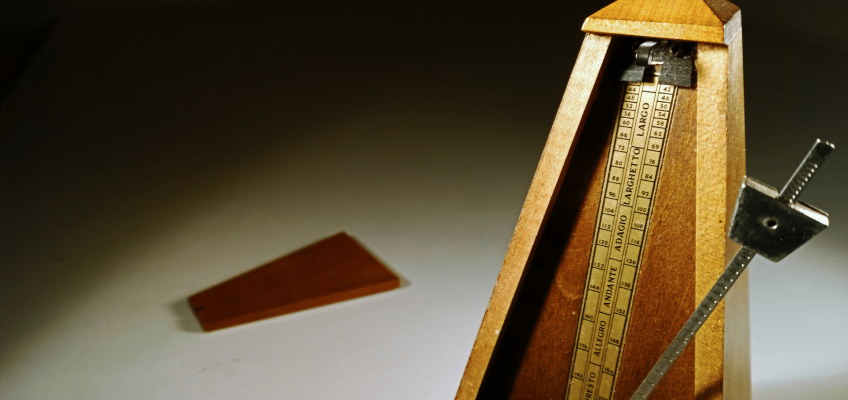Music ministers are the liturgy’s time-keepers. At the most basic level, making music requires that we “keep time,” establishing pace by the number of beats per minute and dividing beats per measure into rhythms. We also “mark time” by what we sing … and what we don’t. Some things we sing only once a year; others signal the beginning and end of a season; still others we sing every time we gather for Mass.
As you prepare the music each week, you will want to understand how your choices help the assembly enter more deeply into the paschal mystery through time and the liturgical year. We’ll start with what we might sing at every Mass.
Keeping the music for the ordinary of Mass constant from week to week, changing settings only occasionally, helps the assembly pray the ritual with ease. Share on XRitual music for Mass can be categorized as “ordinary” or “proper.” The ordinary of the Mass (not to be confused with the “order of Mass,” referring to the entire Mass) are texts that generally do not change. Some of these are the “Lord, have mercy” or “Kyrie” response in the penitential rite; the Gloria; the Creed; the eucharistic prayer acclamations; the Lord’s Prayer; the Lamb of God.
Their repetition helps the assembly enter into prayer as if it were a dialogue with a loved one—intimate, familiar. Keeping the music for the ordinary of Mass constant from week to week, changing settings only occasionally, helps the assembly pray the ritual with ease.


Leave a Reply